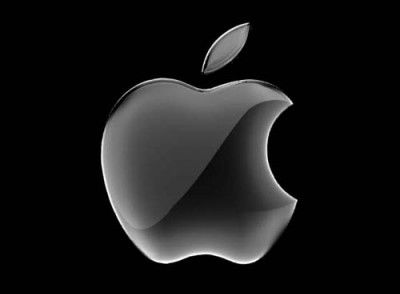Apple Partners TSMC For AR Display Screens – Report

Long rumoured augmented reality push by Apple, reportedly sees it partner TSMC to develop ultra-advanced display technology
Long-running rumours of Apple’s move into augmented reality (AR) resurface again, after it was reported that the iPhone maker has signed a deal to develop an ‘develop ultra-advanced display technology’.
According to Nikkei Asia, Apple partnered with Taiwan Semiconductor Manufacturing Co (TSMC) to develop ultra-advanced display technology at a secretive facility in Taiwan.
Apple reportedly hopes to develop micro OLED displays, which is a radically different type of display built directly onto chip wafers, with the ultimate goal of using the new tech in its upcoming augmented reality devices, sources briefed on the matter told the news outlet.
![]()
Augmented reality
According to the report, micro OLED displays are not built on glass substrates like the conventional LCD screens in smartphones and TVs, or OLED displays used in high-end smartphones.
Instead, these new displays are built directly onto wafers – the substrates that semiconductors are fabricated on – allowing for displays that are much thinner and smaller and use less power, making them more suitable for use in wearable AR devices, according to sources familiar with the projects.
Apple’s reported agreement with TSMC, which is the sole supplier of its iPhone processors, represents a deepening of the relationship between the two firms.
TSMC is also helping Apple build its in-house designed central processors for Mac computers, it has been reported.
The report, citing sources, states that the micro OLED project is now at the trial production stage, and it will take several years to achieve mass production.
The displays under development are reportedly less than 1 inch in size.
“Panel players are good at making screens bigger and bigger, but when it comes to thin and light devices like AR glasses, you need a very small screen,” said a source who has direct information on the micro OLED R&D project.
Think AR could herald a new age of information access and delivery? Read Silicon UK’s assessment.
“Apple is partnering with TSMC to develop the technology because the chipmaker’s expertise is making things ultra-small and good, while Apple is also leveraging panel experts’ know-how on display technologies,” the source reportedly said.
Some parts of the planned microdisplay manufacturing will use TSMC’s existing chip-production equipment and processes, sources said.
TSMC reportedly declined to comment for this story.
Apple did not respond to repeated requests for comment.
Long push
For years now there have been reports that Apple has been exploring the development of a wearable augmented reality device, ever since Apple gained an AR patent in 2013 when it acquired WiFiSlam.
Speculation around Apple’s intentions only increased when CEO Tim Cook in 2017 predicted that AR technology could have as much impact as the smartphone.
It is well known that Cook and Apple feel that AR has much more potential than virtual reality (VR), given how the technology allows for interaction with the physical world rather than immersing people in virtual ones.
In late 2019 it was reported that Apple would release a pair of augmented reality (AR) glasses sometime in 2023, after the release of an AR headset in 2022.
The arrival of these AR devices has been delayed a couple of years, as Apple reportedly seeking to ensure the hardware for the wearable devices is bullet-proof.